The vegan food pyramid is a helpful guide for those looking to adopt a vegan diet and be their healthiest selves. Vegan diets are high in nutrition and can aid the body in healing, disease prevention, repair, and strengthening of the immune system.
The Vegan Pyramid: Everything You Need to Know
As individuals become more health conscious, more people are exploring alternative diets as a way to improve their health and optimize their nutrition. Celebrities such as Serena Williams, Alicia Silverstone, Zooey Deschanel, and Olivia Wilde have also committed to vegan diets, and the trend is still growing.
Veganism can offer many health benefits, but many individuals are vegan simply because it makes them feel better and they prefer to eat a plant-based diet. Not all vegans are concerned with animal welfare, but many vegans find that their plant-based diet is an excellent way to reduce their carbon footprint and overall impact on the environment.
What is Veganism?
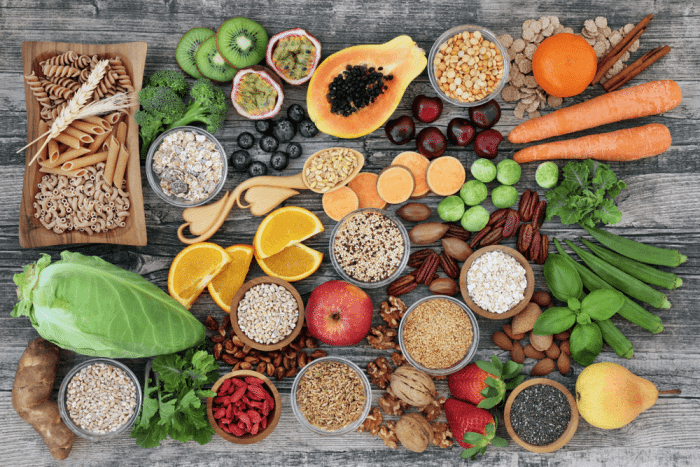
Veganism is when a person chooses not to eat or use animal products. Veganism can mean a lot of things to different people and how they decide to implement veganism in their daily life is an individual choice.
Some individuals choose not to eat or otherwise consume animal products but may decide to use other items such as leather for various products that they consume. Some vegans eat or use honey, while others consider that strictly off limits.
As a whole, veganism can also mean to seek to reduce the products in your life that require the exploitation and cruelty of animals to be made. This guideline can be limited to food or include clothing and other household goods.
One of the pillars of veganism is that it is a plant-based diet that does not include meat, dairy, or eggs. Veganism has been around for many decades, and devout followers of the diet can be found all over the world. Some individuals pursue a vegan diet simply for the health benefits and the way that particular diet makes them feel on a daily basis.
The Vegan Food Pyramid
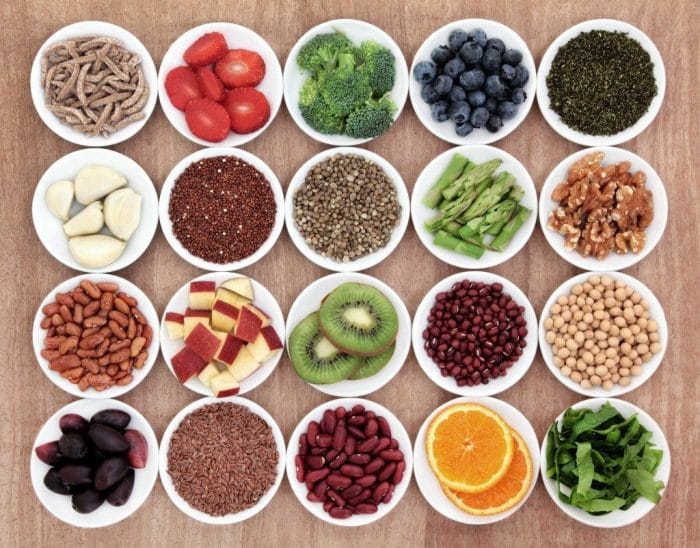
The Vegan Food Pyramid is a handy guide for those following a vegan diet that describes the kinds of foods they should ideally be eating. While food intake should always balance with the amount of physical activity that you get throughout the week, making sure that you are getting enough of each food group can also be important.
High Fat Whole Foods
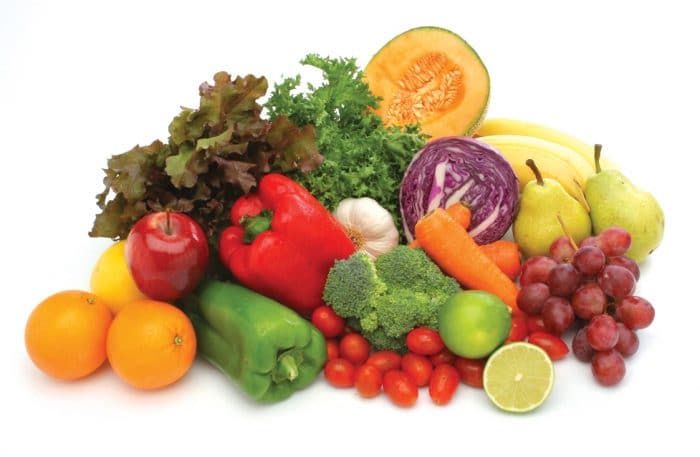
High-fat whole foods refer to things such as nuts, avocados, dairy substitute products and other almond and soy-based products that are substitutes for something that traditionally contains animal products.
While these items can be a healthy addition to a vegan diet in moderation, it is important to note what a serving is for these items and the calories that they contain. Nuts and avocados can be great in moderation, but too much of them can add unnecessary calories to your diet.
Leafy Green Vegetables
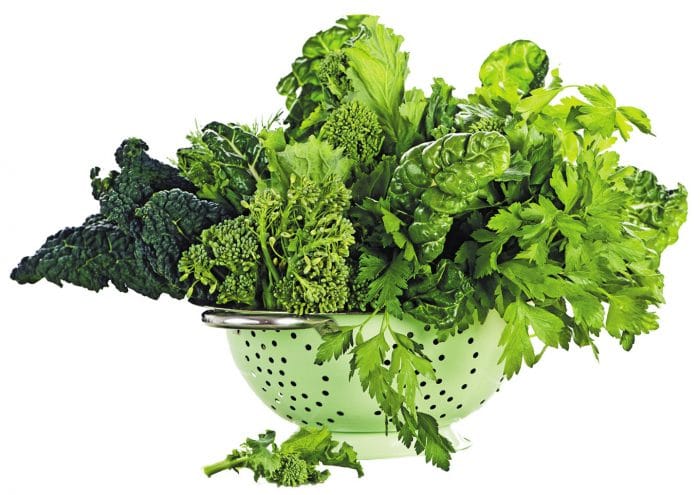
Leafy green vegetables are another great cornerstone of the vegan diet and vegans should aim to consume at least 2-3 servings of this food group per day. Leafy green vegetables include things such as spinach, kale, cabbage, and broccoli, and a single serving is equivalent to one uncooked up.
This amount may seem like a lot of leafy greens, but their nutritional value makes them an essential item to have in your everyday diet. Leafy greens can be a good source of iron, vitamin A, vitamin C, vitamin K, and potassium.
Fruit
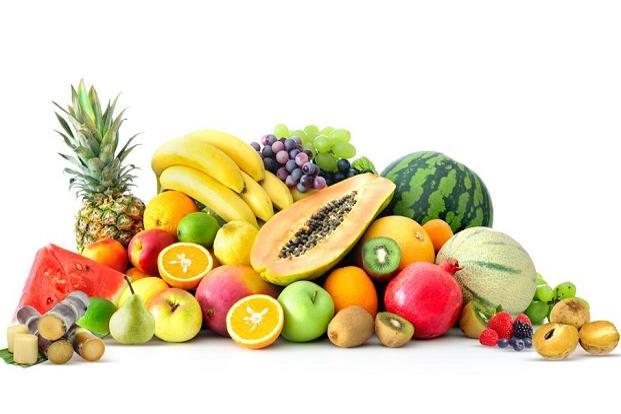
Fruits are another valuable source of nutrition that can be quickly taken on the go or eaten raw. The guidelines for a vegan diet recommend 3-4 servings of fruit daily and one serving is the equivalent of ½ cup of fresh fruit.
Fruits are high in all kinds of vitamins and minerals while also providing valuable fiber in their whole form. Fruits can also have several health benefits such as grapefruit which may help reduce cholesterol.
Other fruits may have different beneficial properties such as reducing inflammation, providing antioxidants, bolstering the immune system, and feeding the good bacteria in your gut. Aim to get a good mix of fruits in your diet to potentially gain the most benefit from these sweet plants.
Vegetables
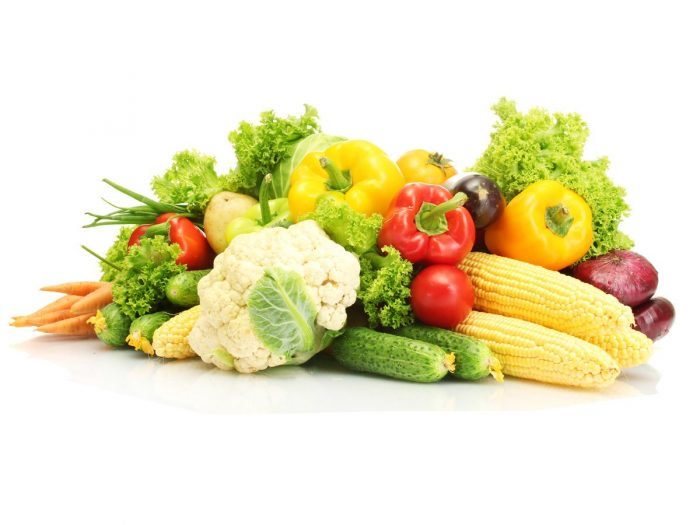
The vegetable group of the vegan food pyramid includes starchy vegetables such as potatoes, but also other vegetables such as peppers, squash, carrots, cauliflower, and more. Many of these vegetables are likely available at your local grocery store and getting a good mix of them can provide an excellent source of nutrition in your diet.
The general guideline here is to try and eat as many different colors of vegetables as possible on a given day to make sure you are getting a good mix of nutrition. While some people find it easy to eat lots of vegetables, others may end up overeating fruit and miss out on valuable nutrients.
Whole Grains
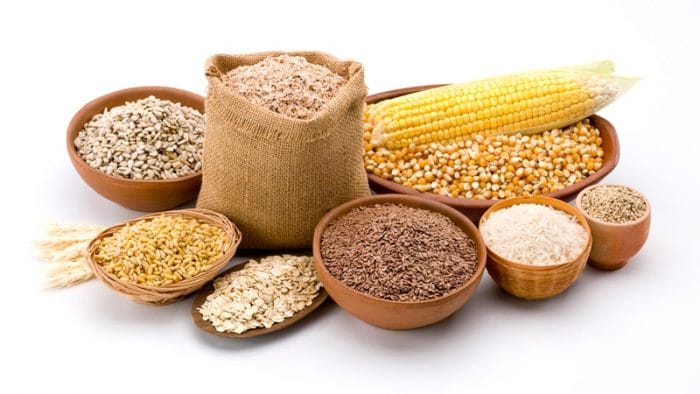
Whole grains are another essential part of the vegan diet, and things such as quinoa, farro, brown rice, barley, buckwheat, and whole grain products such as pasta are an excellent way to get your daily needs met. A single serving equals ½ cup of cooked grain or a single slice of bread.
It’s important to make sure that you are getting about five servings a day of whole grains, but be careful about going over. Grains can add extra calories to your diet and don’t provide as much nutrition as fruits, leafy greens, or vegetables. Moderation is a good guideline here and mixing up your grains is always a good idea.
Legumes
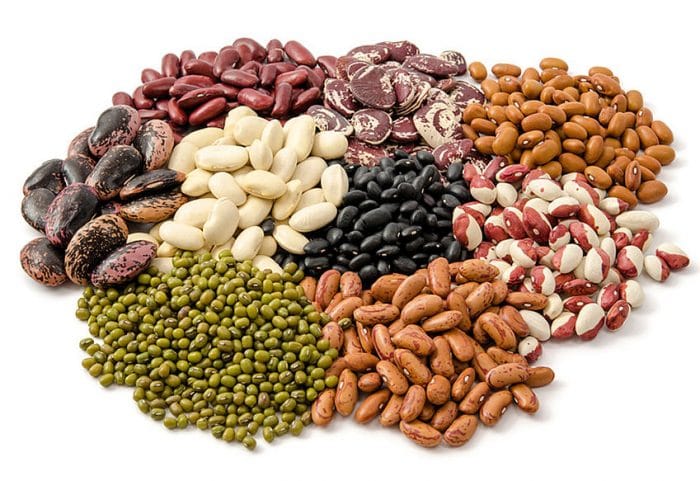
Legumes include things like beans, lentils, peas, and seeds. It’s a good idea to get anywhere from 2-3 servings of these items daily, with a single serving equal to ½ cup of cooked legumes, or 1 tablespoon worth of seeds.
Legumes can be a great addition to many vegan dishes and can add more nutrition and keep you fuller longer. Legumes can also serve as a source of protein, and when combined with a complimentary plant they can equal a complete protein. A popular form of complete protein for vegans is beans and rice, but buckwheat, quinoa, and seitan are also good options.
Is Being Vegan Healthy?
The vegan food pyramid is a good guide for those looking to be healthy while maintaining a vegan diet. It is entirely possible to get all of the nutrition and calories that you need from a plant-based diet, and several individuals have managed to be well nourished for several years.
If you are concerned about your ability to be healthy while on a vegan diet, you should first consider using a meal plan to help guide you through what a typical vegan diet resembles. There are a number of free meal plans available online, and several vegan blogs dedicated to vegan cooking.
Veganism can definitely be healthy, and it can also serve to help individuals cut down on the saturated fat in their diets. A vegan diet could also help lower your cholesterol, help prevent certain types of cancer, alleviate symptoms of arthritis, and reduce the risk of cardiovascular disease.
Physically, veganism can be a great way to cut back on the calories in your diet and help you lose a few pounds. Those who follow a vegan diet also report higher energy levels, less body odor and bad breath, strong, healthy nails and hair, and relief from conditions such as migraines and allergies.
The average American diet generally contains far too much protein, dairy, and carbohydrates than is needed by one person today. Different kinds of fish and shellfish can also contain mercury, and sugar is found in many packaged goods found in American stores.
Health Benefits of Veganism

Vegan diets are full of fresh fruits, legumes, whole grains, vegetables, nuts, and other plant products that are packed full of nutrition and health benefits. Getting a good mix of these healthy foods can help nourish your body by providing a number of different substances.
The average American diet generally contains too much of the following:
- Carbohydrates
- Protein
- Fat
With a vegan diet, it is easy to change the carbohydrates that you eat to provide your body with energy, while also consuming whole foods. Vegan diets are also low in saturated and other fats which makes it a heart-healthy choice, and an excellent option for those looking to lose weight.
A vegan diet can also provide great sources of fiber to help prevent colon cancer and to ensure healthy bowel movements. Magnesium is often overlooked, but as a nutrient, it is vital as an aid in calcium absorption.
Potassium is another vital nutrient found in the vegan diet that helps regulate the water and acidity within your body. It also works to stimulate the kidneys, reduce toxins in the body, and reduce the risk associated with cardiovascular disease and some forms of cancer.
Folate is a kind of B vitamin that is necessary for cell repair and also plays a vital role in the creation of red and white blood cells. Vitamin C and E are in abundance in a vegan diet, and both play a vital role in organ health, tissue repair, and the functioning of the immune system.
Phytochemicals are another substance explicitly offered by plants that can help the body heal, work alongside antioxidants while in the body, and boost enzymes that protect various tissues found in the body.